Robot Vacuum Costume Ideas: How to Decorate Your Robot Vacuum Creatively...
Have you ever watched your robot vacuum beavering away as it cleans the floor and thought “this little helper deserves a worthy identity”? Whether you want to turn it into a party guest, a tech-savvy pet, or the star of a household parade, decorating your robot vacuum is a playful way to bring a dash of personality to your daily cleaning routine.
But before you break out the Lady GaGa hairdo, let’s explore how to safely dress up your robotic companion without compromising its clever cleaning abilities.
Get to Know Your Robot Vacuum Before You Decorate It
You should consider important safety factors before you start transforming your robot vacuum into a household celebrity: never cover sensors, cameras, docking contacts, or other critical components. Remember that adding anything too heavy or bulky could hinder movement or interfere with charging and cleaning.
Robot Vacuum Decoration Safety Checklist
Do not block key features such as LDS, front cameras, 3D sensors, cliff sensors, bumpers, vents, side/main brush or mop extend paths, charging contacts or auto-empty ports.
Keep all decorations lightweight and confined to the top surface only.
Avoid using dangling fabrics or strings, and steer clear of any flammable materials near warm components or docks.
After decorating, recheck the under-sofa clearance and confirm the robot can still align and dock properly.
Check whether decorative add-ons are approved by the manufacturer.
Possible Types of Decorations
Personalizing a robot vacuum is fun and popular with some owners. The key is to use safe, lightweight materials that don't obstruct any sensors, vents or moving parts.
Robot vacuum stickers, skins, and decals
The simplest way to give your robot vacuum a fresh look is with vinyl stickers or custom skins. They come in endless designs, from minimalist patterns to funny faces, and can transform your vacuum look in minutes.
Pros: Adds a protective layer; Easy to apply and remove without residue; Thin and lightweight; Many designs available.
Cons: Can be difficult to align perfectly; Designs might not fit all models.
Adhesive Felt or Fabric
For something softer and more tactile, felt or fabric patches add a cozy, handcrafted feel. They work especially well for themed or seasonal decorations.
Pros: Soft, adds a tactile element; Easy to cut and customize.
Cons: Can collect dust and hair; Could obstruct sensors if not carefully placed.
3D Prints and Shells
If you have access to a 3D printer, small decorative panels or emblems can personalize your robot vacuum in creative ways, just keep them light and flat. You can even design a whole 3D-printed shells to personalize you robot vacuum and match your home's decor.
Pros: Highly customizable; Can create unique, personalized elements.
Cons: Requires careful placement to not interfere with sensors; Can detach and cause a jam. Materials (such as PLA or ABS) might not be durable or impact-resistant.
Clip-on / Strap-on Costumes
These turn your robot vacuum into instant entertainment. Great for parties, holidays, or social media fun.
Pros: Colorful and entertaining
Cons: Can obstruct sensors or interfere with docking; Can cause entanglement and hinder performance.
The DIY
For craft lovers, nothing beats a handmade touch. Paint, paper, foam, or repurposed materials can make your robot vacuum one of a kind.
Pros: Unlimited creativity and personal expression; Turns the vacuum into a fun part of your home decor.
Cons: Could impede the vacuum’s navigation and performance by obstructing sensors or vents.
Type of decoration
Pros
Cons
Stickers, skins, decals
Easy to apply, many designs available
Can be difficult to align perfectly
Adhesive felt or fabric
Soft, easy to cut and customize
Could collect dust or obstruct sensors
3D prints, shells
Customize with personality
Requires careful placement
Clip-on, strap-on
Playful and entertaining
Could hinder sensors or performance
DIY
Unlimited expression
Could impede navigation and performance
How to Decorate Your Robot Vacuum Safely (Step-by-Step)
Get the Right Fit
Before you grab your decorations, you need to know your robot vacuum's measurements. It’s like a custom-fitted outfit for your little helper.
Measure your robot vacuum carefully, noting its shape and size—use a ruler or measuring tape for accuracy. Be sure to watch out for the sensors. Avoid covering any sensors or buttons.
Check your model for the exact locations of these components:
Top: LiDAR/LDS
Front: camera/3D structured-light window; IR sensors
Edges: bumper seam, side vents
Arcs: leave room above side brush swing
Rear/Top: charging area or manual buttons
Dressing the Robot Vacuum
With measurements in hand, you can now begin to outfit your mighty mite.
Clean the top so it's dust-free for better adhesion.
Make and mark the template for the diameter and all cutouts.
Dry fit with painter’s tape, then verify the sensors and bumpers are fully clear.
Apply stickers or skins from the center outward, then pop any bubbles with a pin.
Add low-profile accents, such as Velcro tabs for seasonal add-ons.
Test run to check its edge-following, under-sofa pass, and dock approach elements are all clear and fully functional.
Adjust anything that rubs or blocks.
Top 9 Robot Vacuum Costume Ideas
Based on popular ideas found online, here are 9 safe decoration ideas for a robot vacuum. Some include fun names. The key is to use low-profile, lightweight, and easily removable decorations that won't interfere with the vacuum's sensors and mechanisms.
Fun: A popular choice is to give the vacuum a themed look, such as a shark, ladybug or turtle.
Cat-themed: Some pet owners have opted for a "Cat Taxi" decal, showing a cartoon cat riding the vacuum.
Googly eyes: A classic way to add personality is to put a pair of vinyl or lightweight plastic eyes on the front of the vacuum, making it look like it's "looking" as it cleans, adding a bit of humor to your home.
Seasonal stickers: Decorate your vacuum for the holidays with removable decals. Think a pumpkin or ghost for Halloween, a reindeer for Christmas or a bunny for Easter.
Character faces: Give your vacuum a face with a vinyl decal kit that includes eyes, a nose, and a mouth.
Decorative bumper strips: Some users apply thin, adhesive strips of decorative material to the vacuum's bumper, adding a touch of color without adding bulk or blocking sensors.
Team sports decal: Showcase your team spirit by adding a decal with your favorite sports team's logo or mascot.
Minimalist designs: For a more subtle look, opt for a solid-color wrap or a geometric pattern, giving it a sleek and modern appearance.
Custom name decal: Personalize it with a custom decal that gives your robot friend an official name.
Pro tip: If you want guests or kids to remember and engage with your device, give it a name that gets a chuckle.
Pet & Kid Safety Notes
If you have children or pets, safety comes first—use this checklist for safe robot vacuum costumes.
Avoid choking hazards: Use costumes without small elements that could detach and be ingested.
Use non-toxic materials: Ensure all materials used, including adhesives, paints and fabrics, are certified as non-toxic and pet-safe.
Secure attachments: All costume elements should be securely attached to the vacuum with strong, pet-safe adhesives or low-profile fasteners.
Rounded edges: The costume should have rounded edges to prevent scratches or injuries to curious kids or animals that may interact with the robot.
No interference with sensors: The costume must not cover or block any of the robot's sensors, cameras, or wheels.
Don’t tempt chewers: Avoid using materials or designs such as plush fabrics or dangly parts that might look like a toy or something tempting to chew on.
Lightweight materials: Use only lightweight materials that won't add significant weight to the robot.
Fire safety: Do not use any materials that could pose a fire risk or trap heat.
How to Remove Robot Vacuum Decorations
To remove vinyl decals, gently lift an edge with your fingernail or a plastic card, then slowly peel the sticker away. After removing any type of decorations, wipe down the robot vacuum's exterior with a dry or slightly damp microfiber cloth to remove any residue or dust. Be sure to check the wheels, brushes, and sensors for any lingering adhesive or debris.
FAQ
What is the best decoration for a robot vacuum?
A simple pair of googly eyes is a common decoration. A possibility in pet homes is a small shark fin or other playful animal accessory.
Are robot vacuum stickers safe for daily cleaning?
Yes. Most robot vacuum stickers are made from durable, waterproof vinyl that can handle daily use. They won’t peel easily and can be wiped clean with a damp cloth without affecting performance. Just be sure they don’t cover any sensors or vents.
Do robot vacuum skins and decals affect navigation?
Skins and decals generally do not affect navigation as long as they do not cover or obstruct the robot's LiDAR, cameras, or infrared sensors.
Do robot vacuum costumes protect against scratches and dirt?
A little. Soft fabrics or clip-on covers can offer light protection from scuffs and dust buildup, especially on glossy surfaces. However, they’re mostly decorative. Avoid thick materials that could block sensors or restrict the vacuum’s movement.
Can I use a costumed robot vacuum during mopping?
A costume during mopping is not recommended because it could absorb water, get tangled in the brushes, or interfere with the robot's cleaning functionality.
Will decorations void my warranty?
Intentional cosmetic modifications or decorations that impact the machine's usability or restoration could void the limited warranty, according to some manufacturers.
Final Thoughts
Decorating your robot vacuum is a fun way to bring personality to your cleaning routine—but safety comes first. Stick to lightweight, removable decorations, keep sensors clear, and always test performance after decorating.With the right balance of creativity and care, your vacuum can be both a powerful cleaning helper and the star of your home.

















































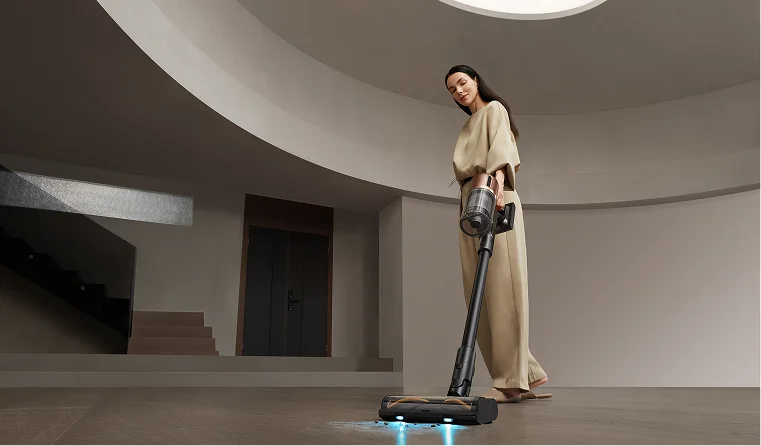
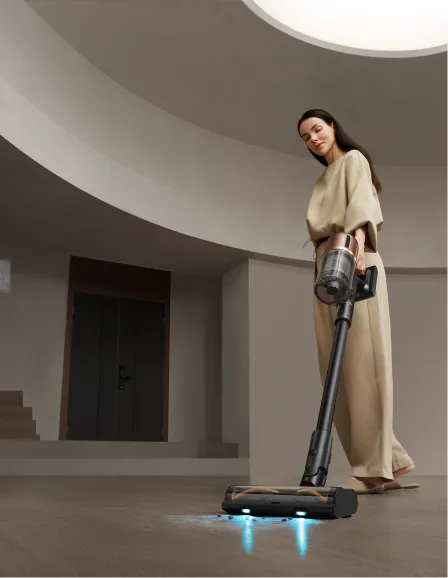
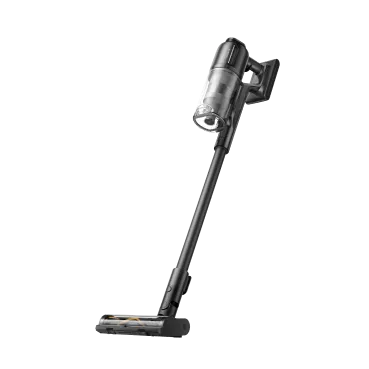
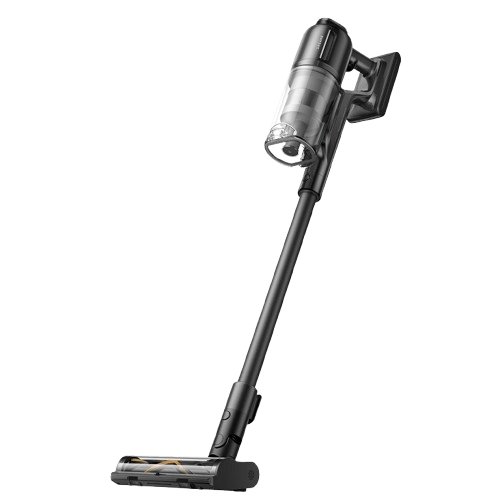
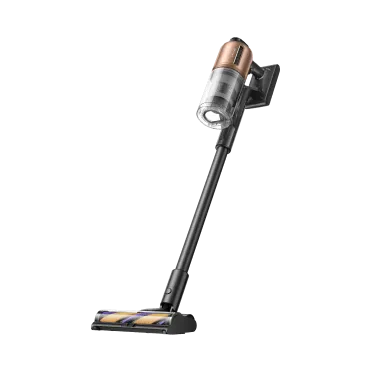
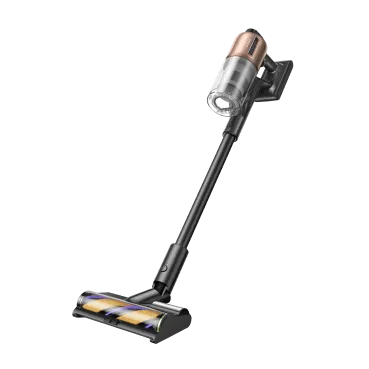
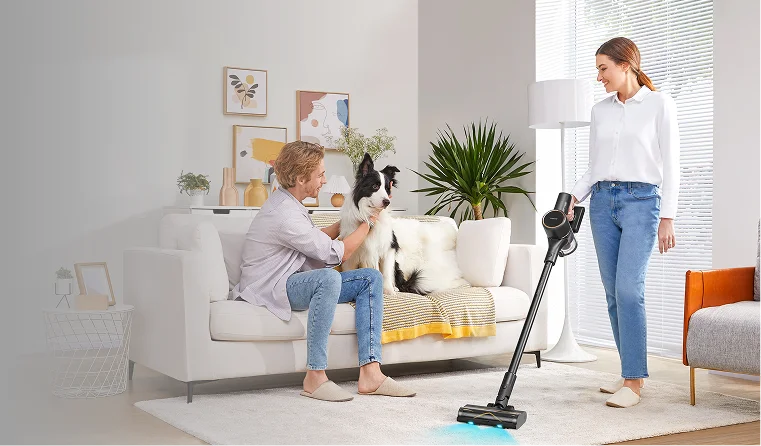
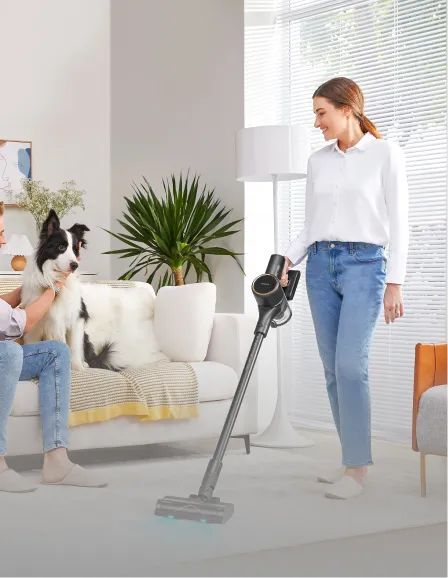
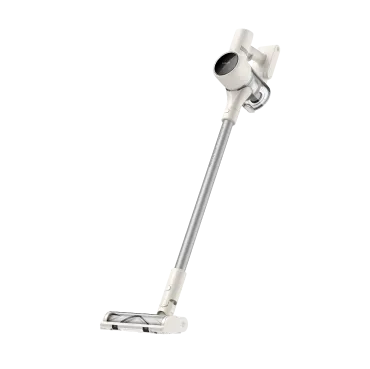
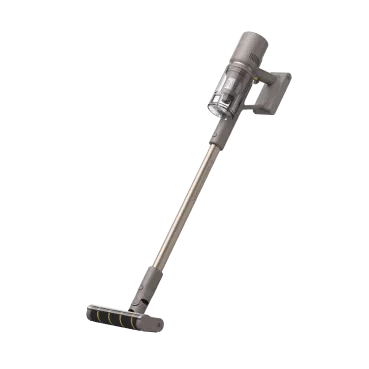
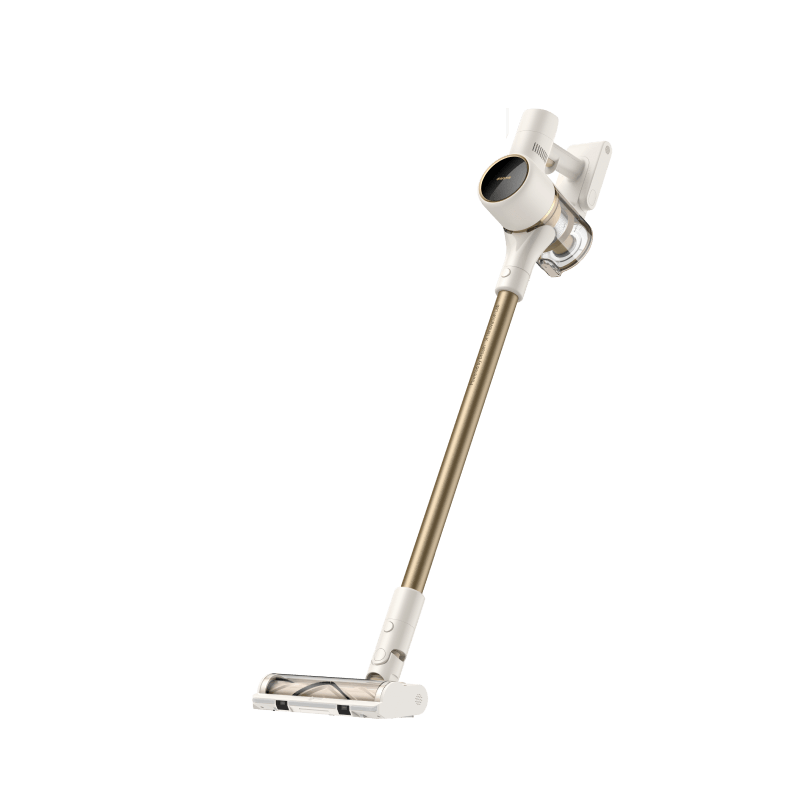

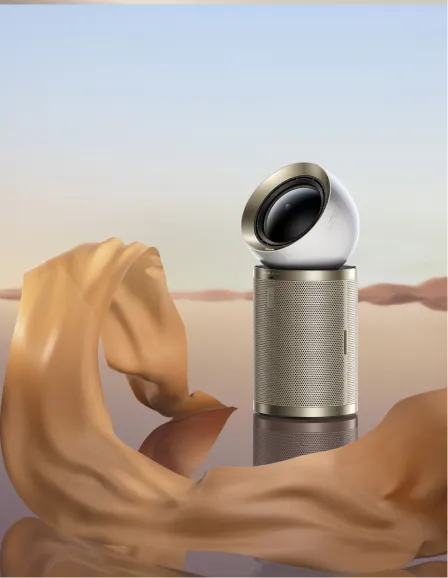

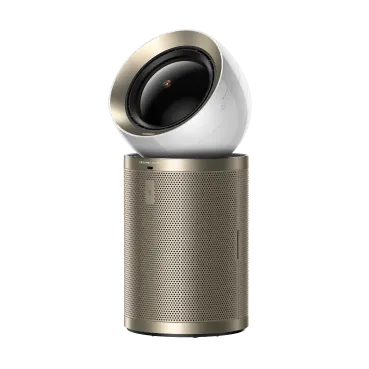
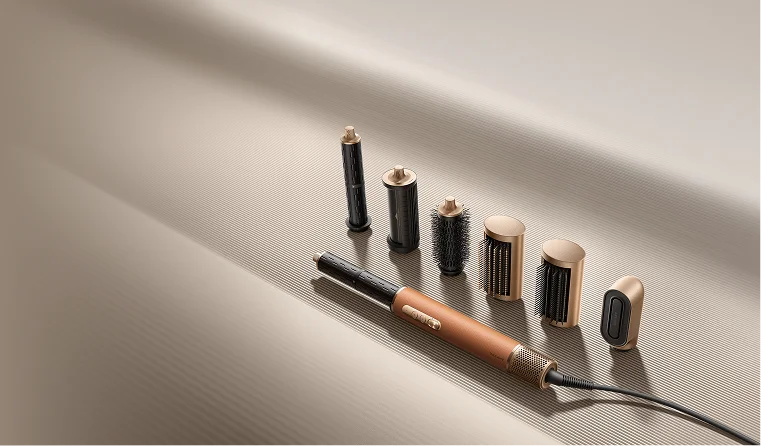
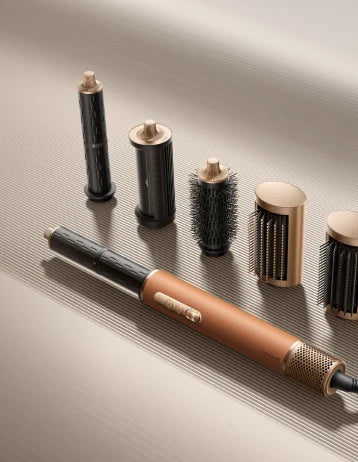
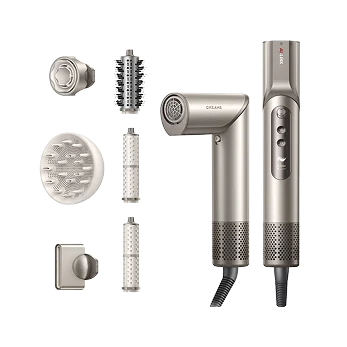


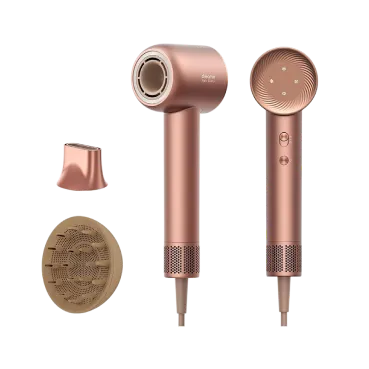
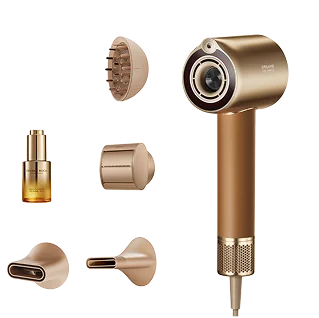
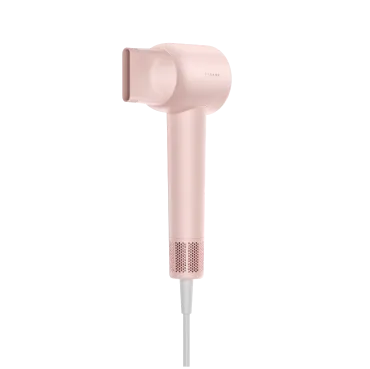


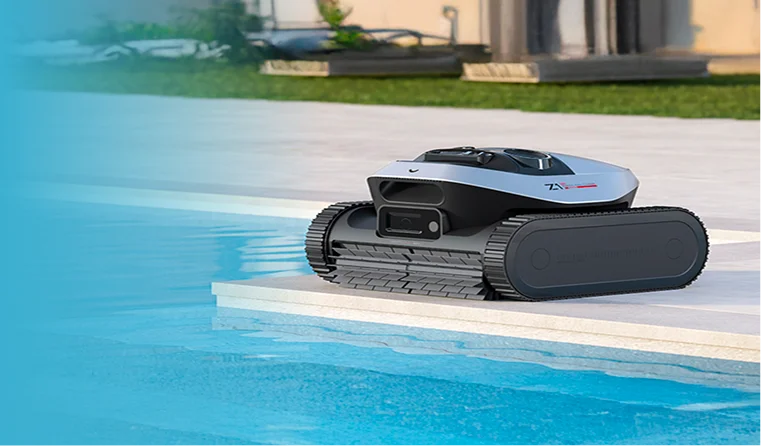
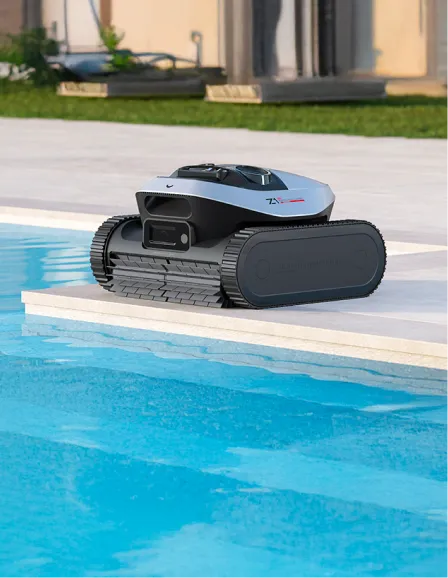
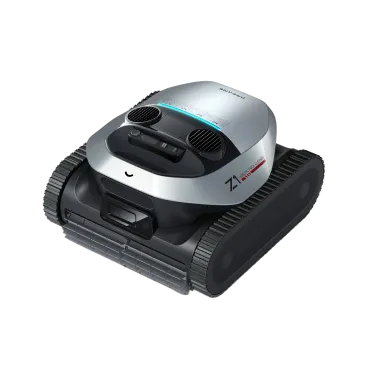
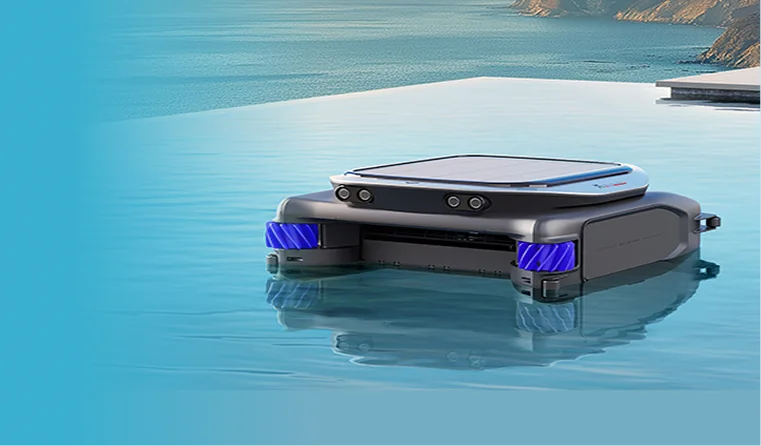
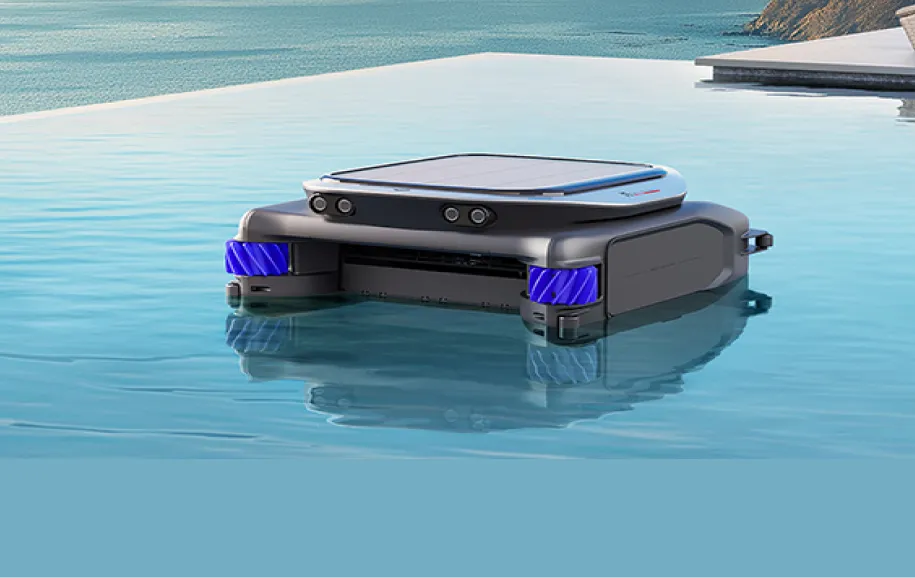










 Australia
Australia 中国大陆
中国大陆 日本
日本


 Türkiye
Türkiye


 Italia
Italia
 Netherlands
Netherlands Belgium
Belgium
 Greece
Greece Polska
Polska
 Norway
Norway
 Sweden
Sweden
 Finland
Finland
 Denmark
Denmark
 Hungary
Hungary Czechia
Czechia
 Slovenia
Slovenia
 Croatia
Croatia
 Switzerland
Switzerland United Kingdom
United Kingdom
 Canada
Canada







